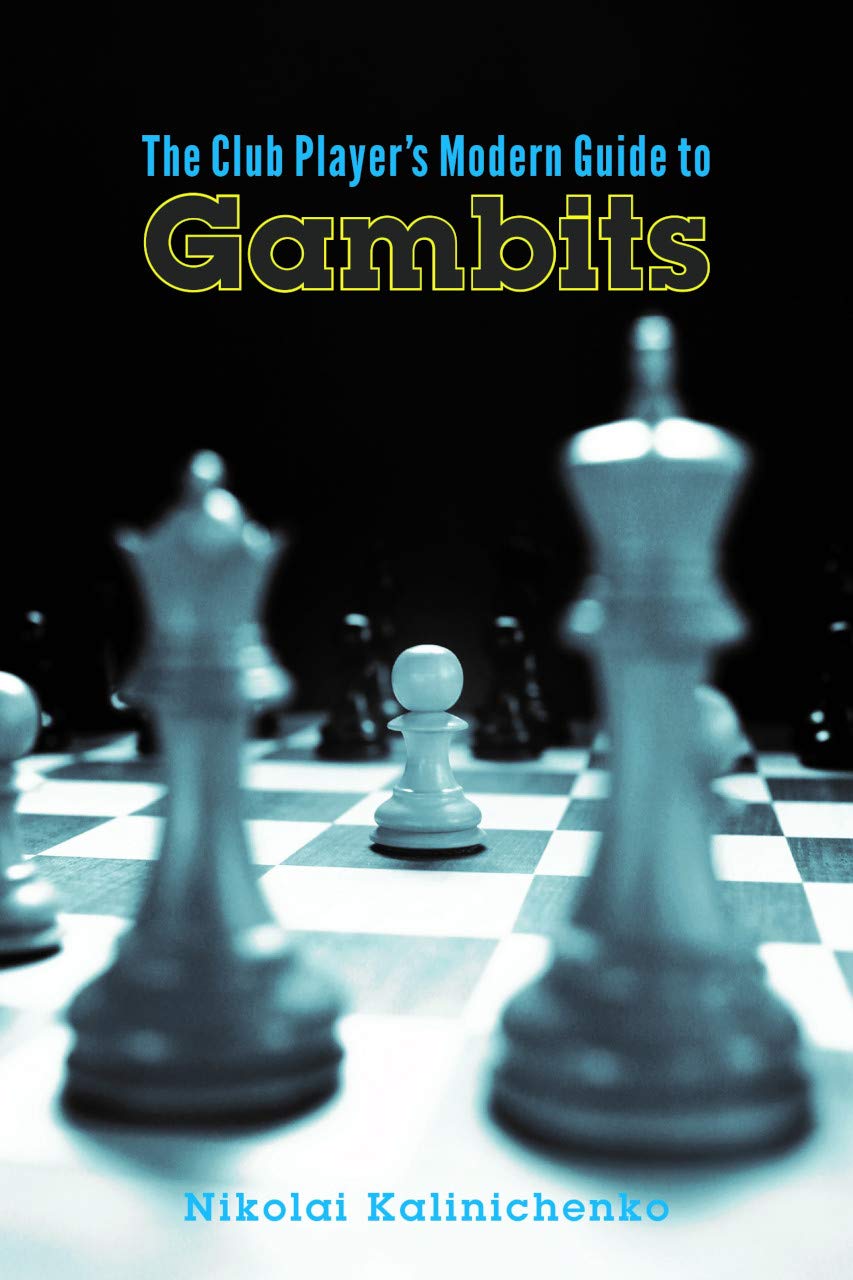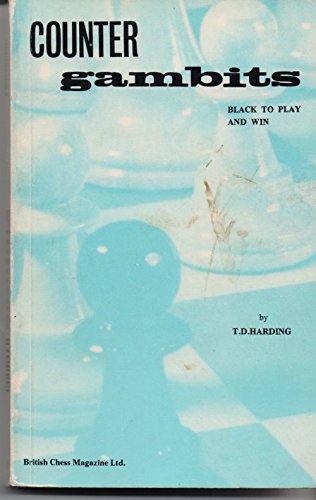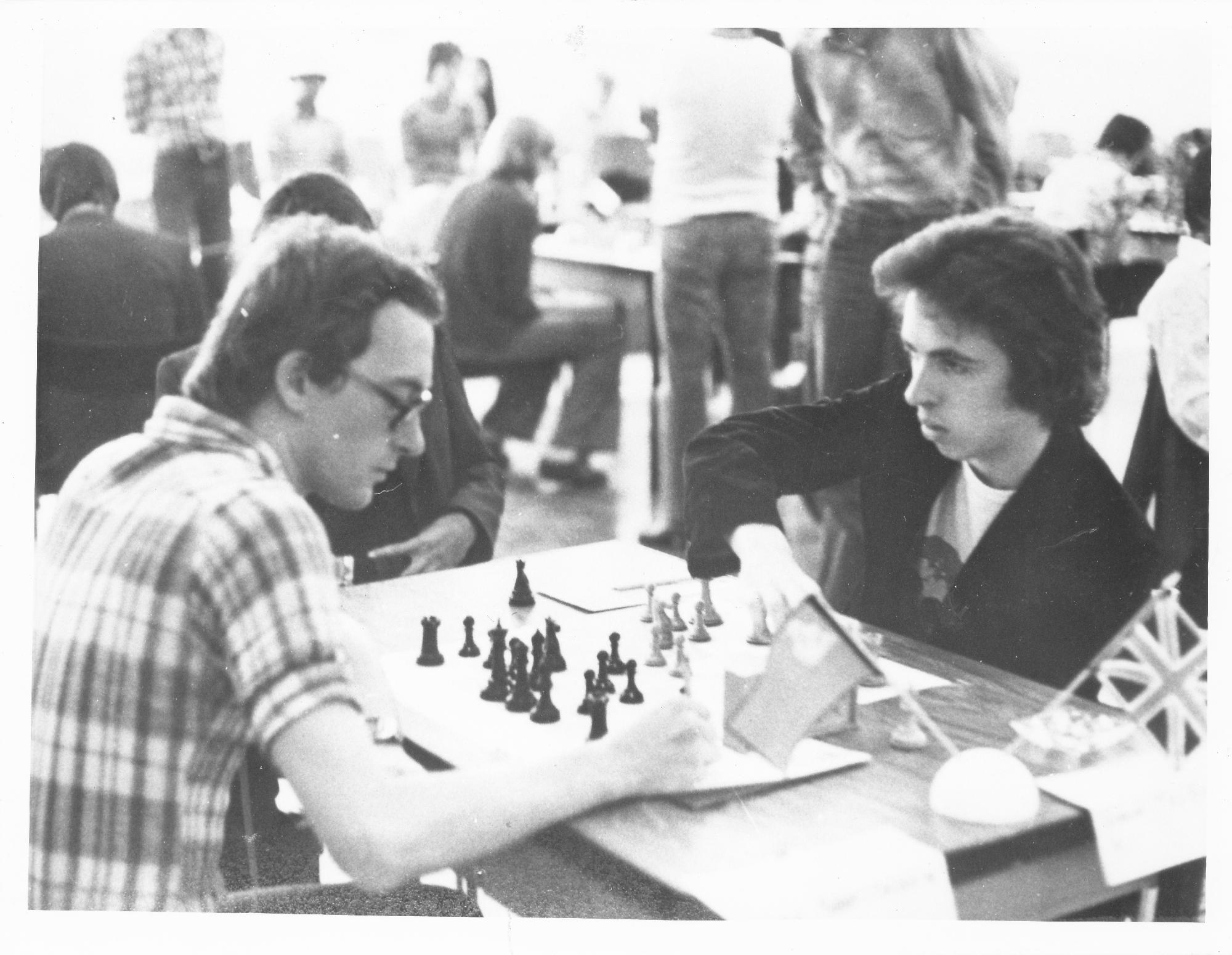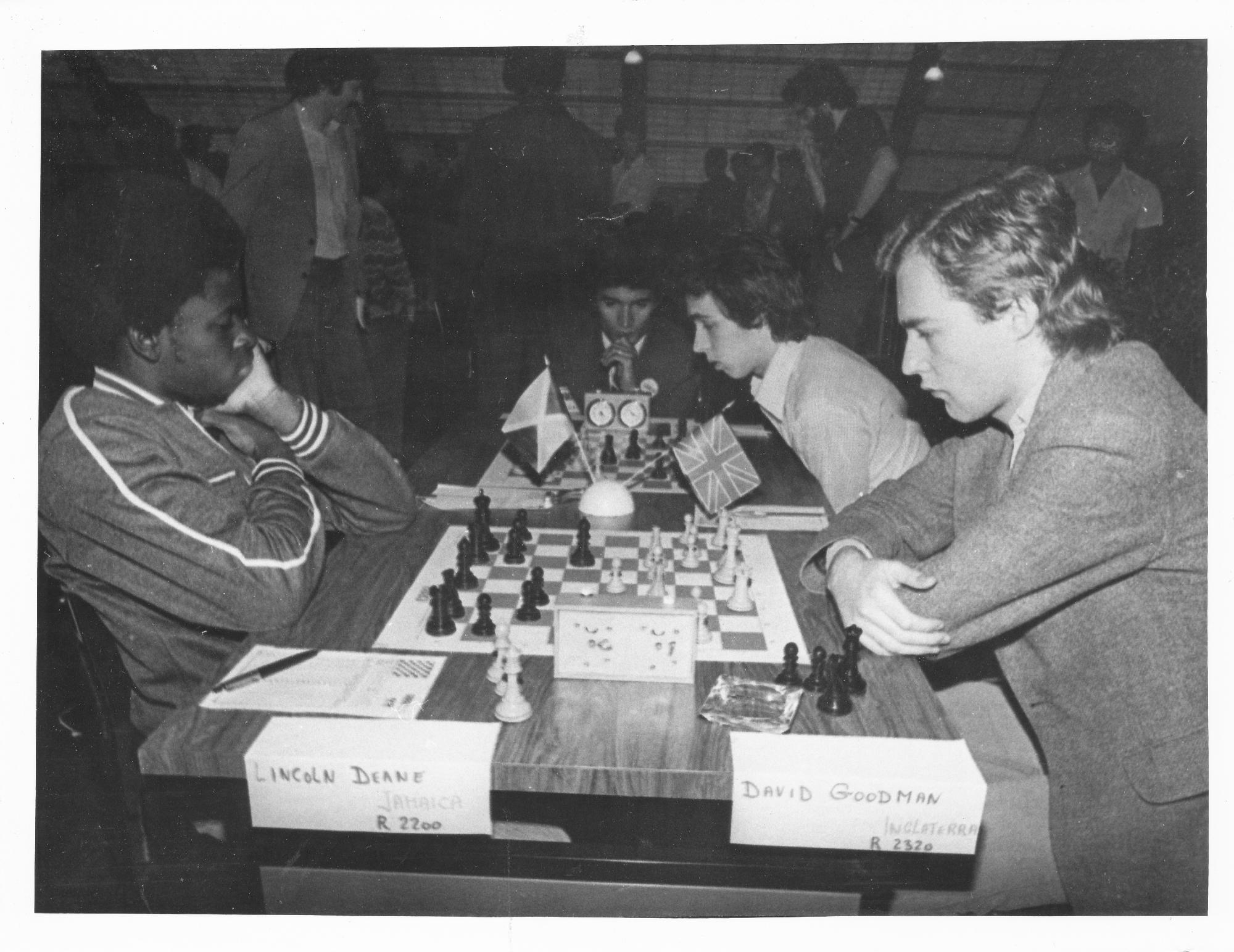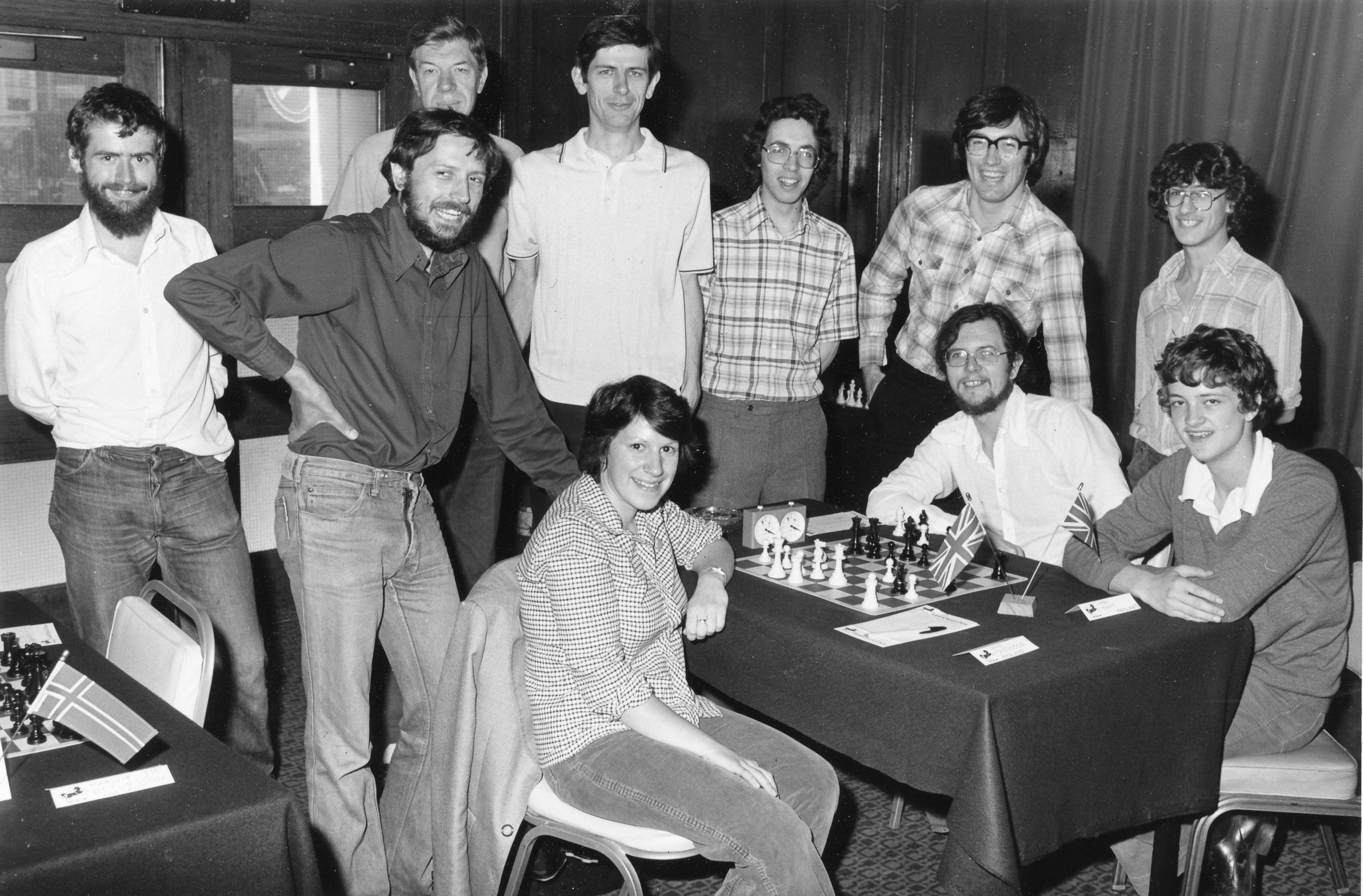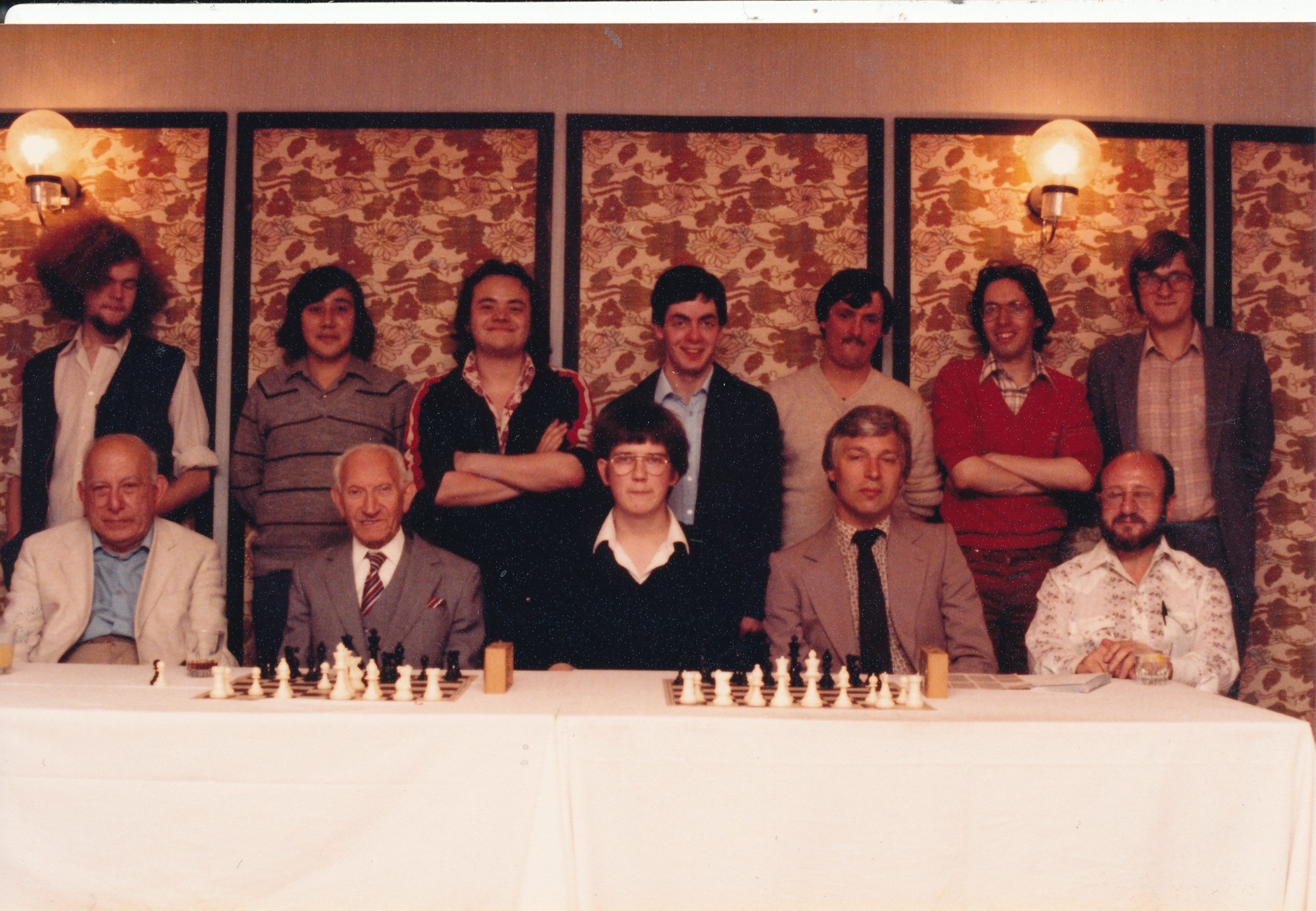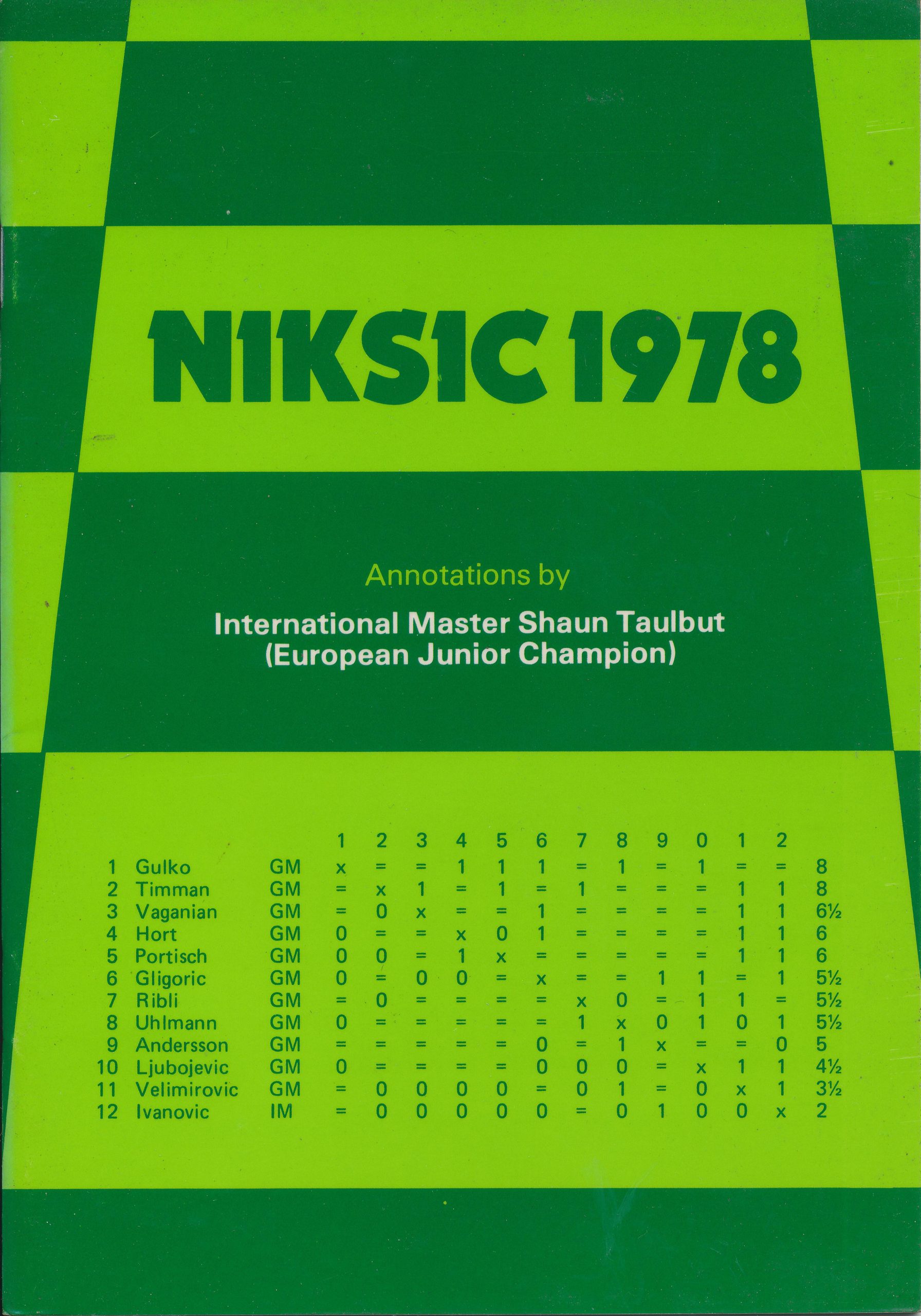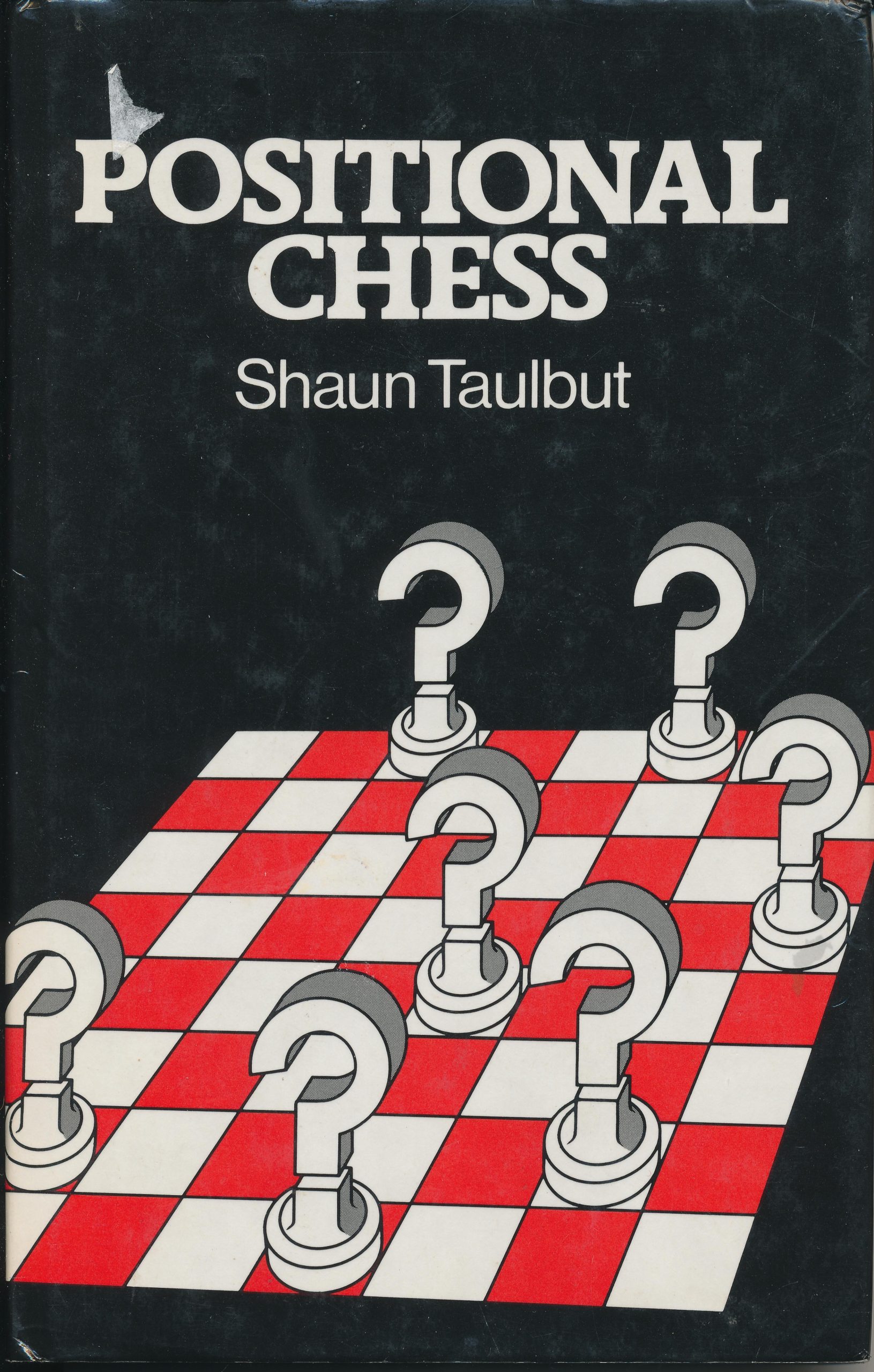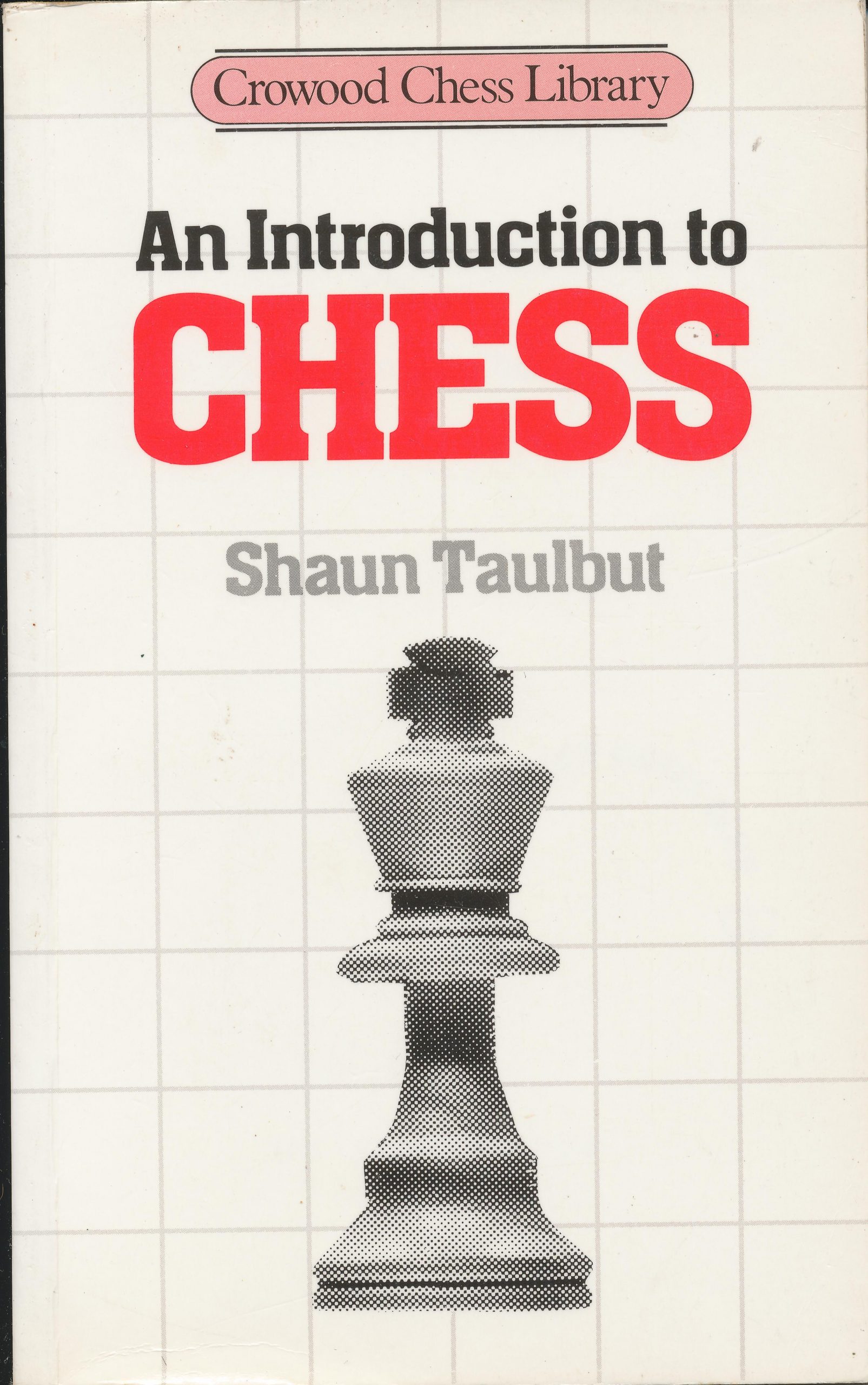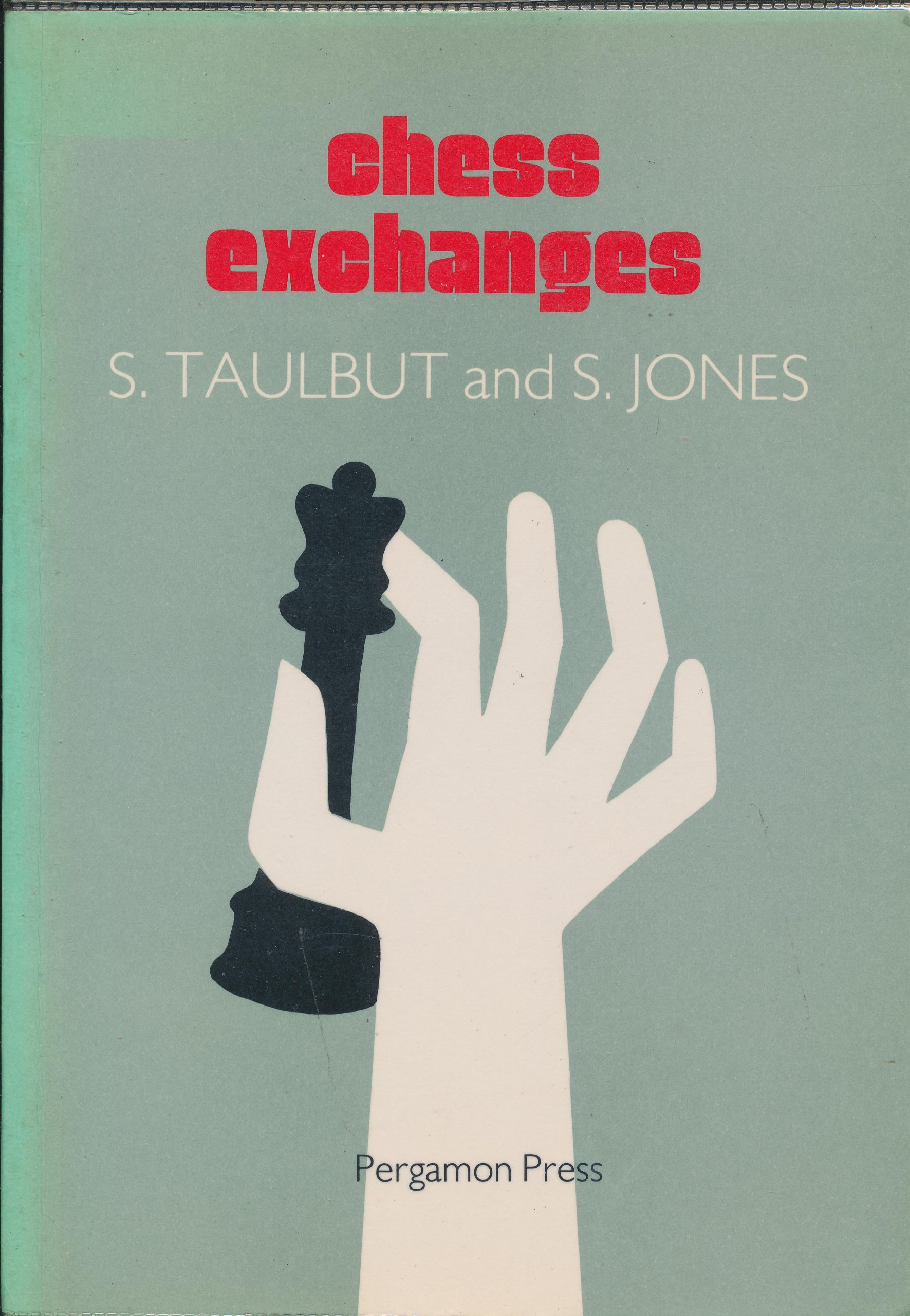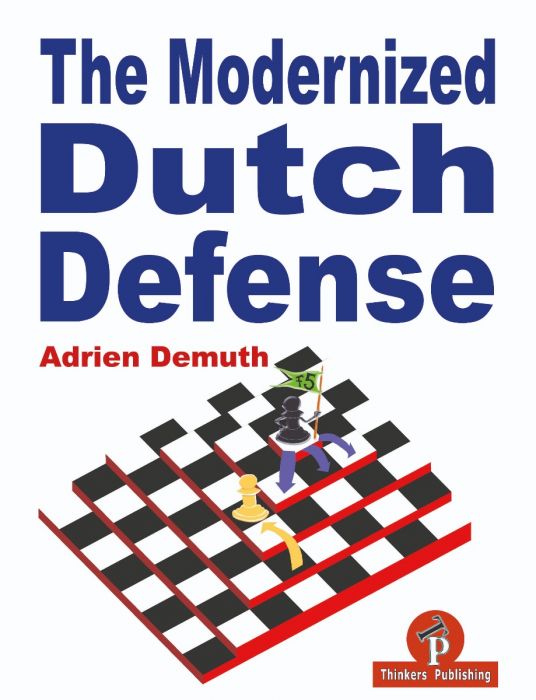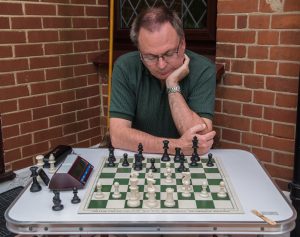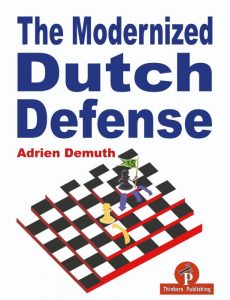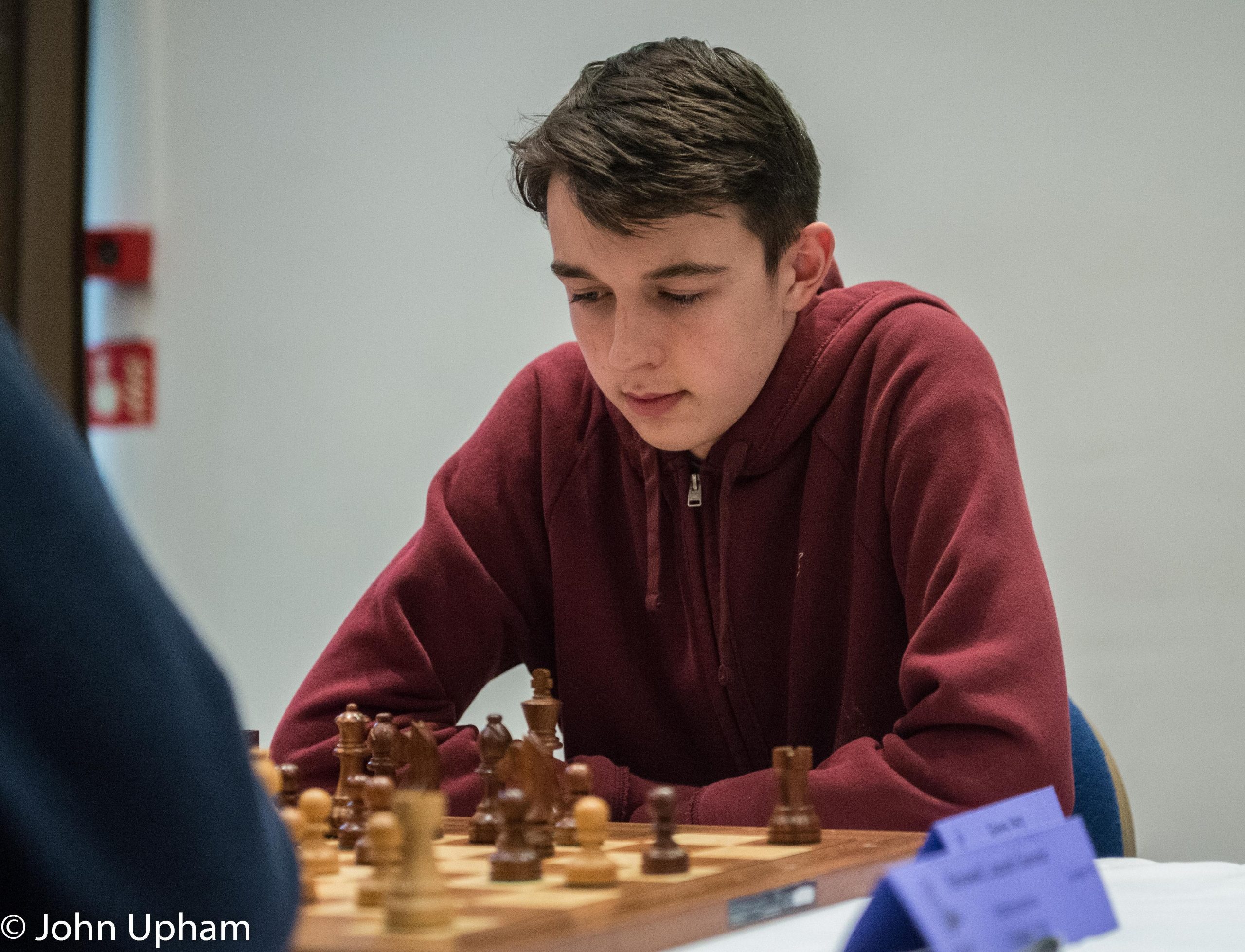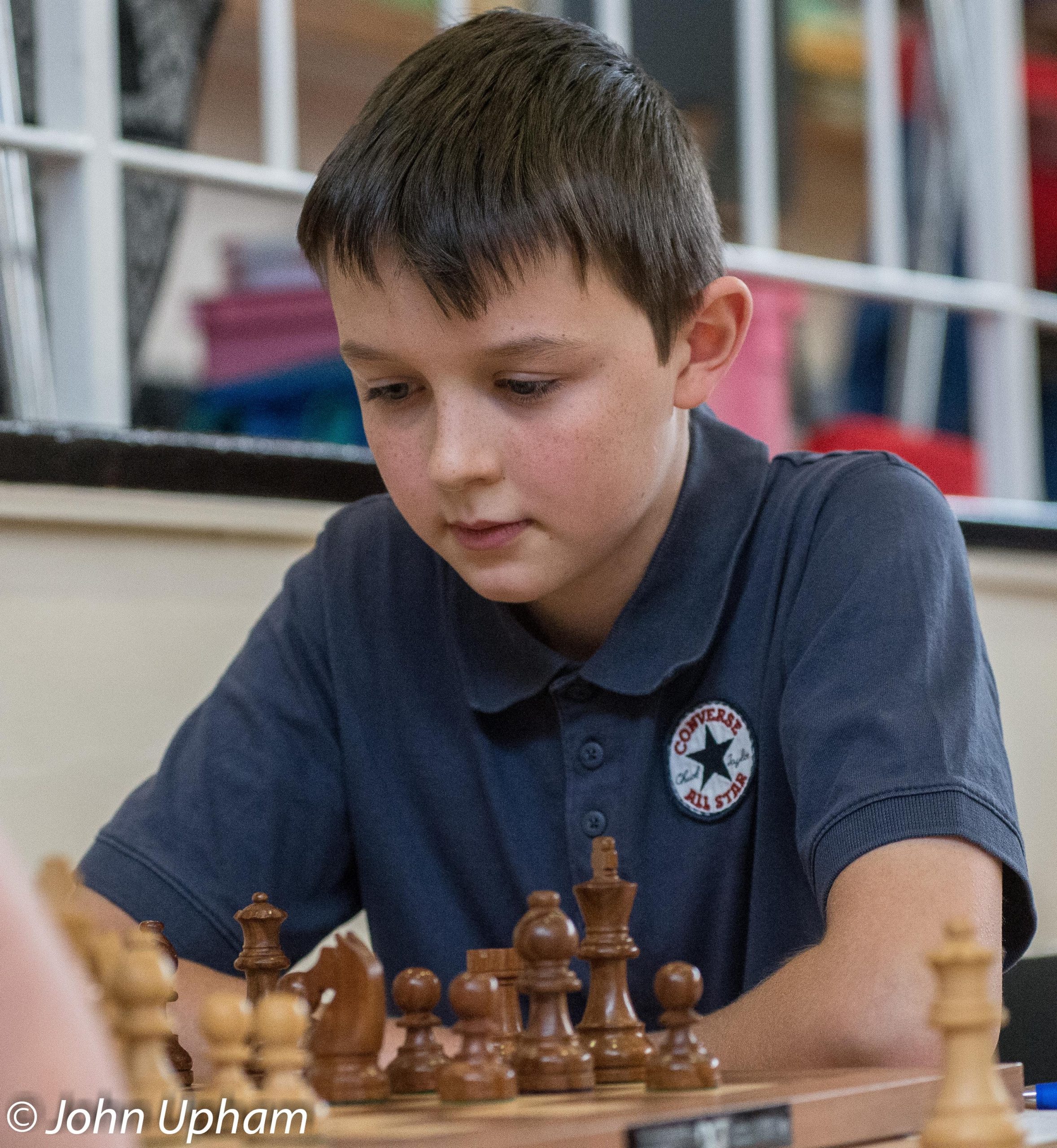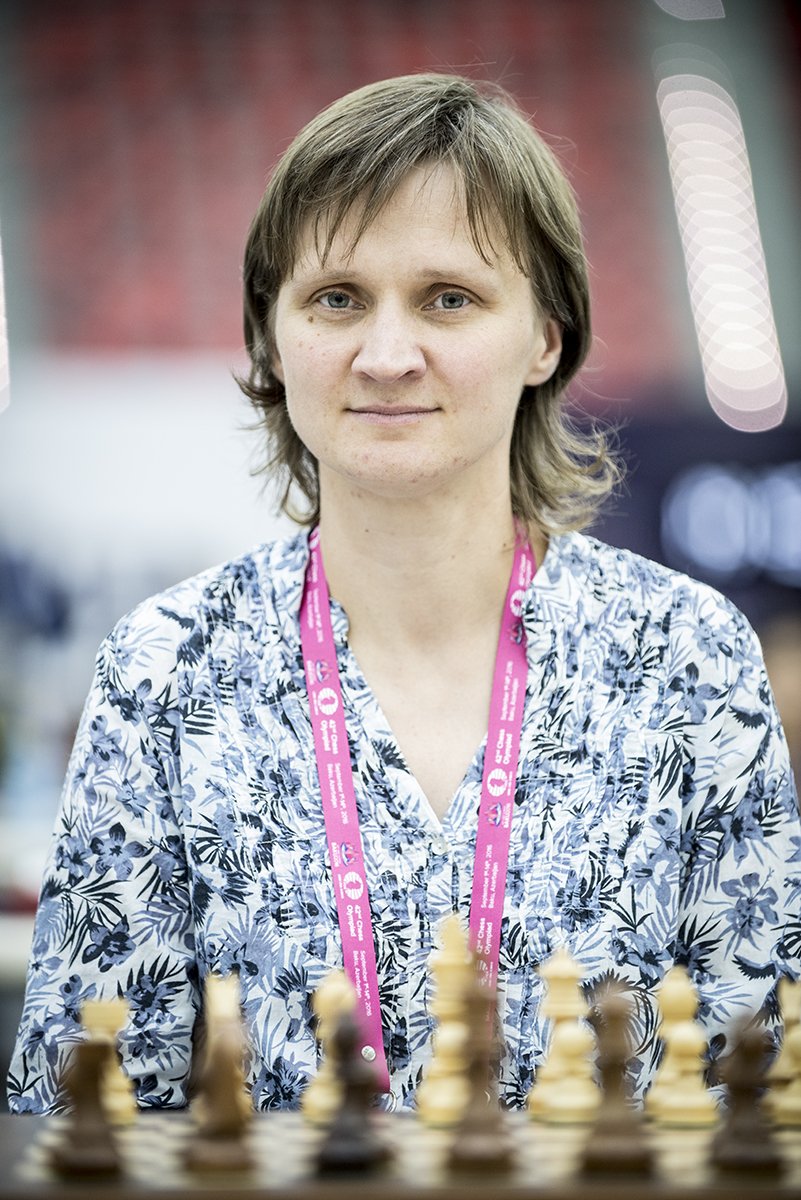Chess Logic in Practice : Erik Kislik
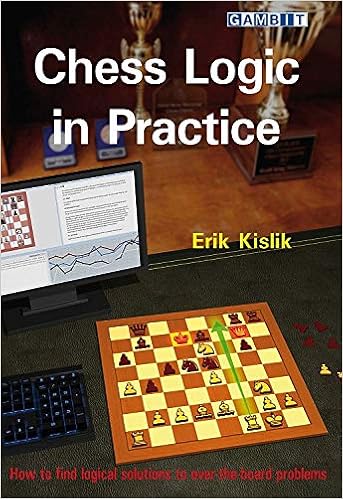
Erik Kislik is an American IM and chess coach who has been based in Hungary for some years.
This is his second book, a successor to Applying Logic in Chess, which proved rather controversial, containing rather more words and less chess than you might expect. John Hartmann’s review proved even more controversial than Kislik’s book, and was subjected to some rather aggressive online responses by the author’s friends and supporters.
As someone who likes chess books with lots of words and has a specific interest in logic, I was sufficiently intrigued to buy the book myself and find out what all the fuss was about. While agreeing with Hartmann’s reservations, I enjoyed the book and was looking forward to the sequel.
Kislik’s premise is that, by using logical thought processes, we can eliminate bias from our thinking and improve our choice of candidate moves. According to the introduction: “I decided to write this book to lay out straightforward problem-solving approaches to the tough decisions we face in practical games. We have all sorts of biases that get in our way and stop us from finding, considering and calculating strong moves.”
Unlike his previous book, you’ll find a lot more chess than verbiage here. The book is full of interesting extracts from top GM games, games by the author and his students, and positions from opening theory.
Kislik splits his material into two parts. The first part, Thinking Concepts, concerns identifying specific cognitive biases which might prevent us finding the best moves. The second part, Positional Concepts, looks at more directly chess-related ideas.
You can find a contents list and sample pages on the publisher’s website.
I guess I’m not really part of the target market as I have had no particular interest in improving my own chess for several decades now and am gradually winding down my playing career.
For reference, my ECF grade is, at the time of writing, 167, which would be round about 1900 Elo.
What did I make of the material? Does it succeed in its aim? What level of player is it aimed at?
Chapter 3, The Method of Elimination, tells us that we can simplify our choices if there’s only one move that meets our opponent’s threat or, in some other way, reacts to the demands of the position. Sure, but I’ve certainly played games where I’ve done just that only to find that the one move to meet my opponent’s threat, which I’ve played without too much thought, allows something much worse. There seems to be an assumption here that the reader calculates much more accurately and quickly than I do.
This position is from Harikrishna-Dominguez (Wijk aan Zee 2014) with Black to play.
Black’s a pawn down, so he has no choice but to play Qg6, which, as you will see, regains the pawn with equality. Not so hard, even for me, but I was more interested in the position a couple of moves earlier where he chose to free his position by a temporary sacrifice of his e-pawn.
A few moves later they reached this position:
Here Dominguez played a5. Kislik: “This very unnecessary defensive move allows White to make a lot of progress and set some awkward problems. 32… Ke7 is a move I would have chosen by a process of elimination. Black improves his worst-placed piece and White has no threats anyway.” The position should still be within the bounds of a draw, but Harikrishna gave a textbook example of how to maintain the pressure and eventually brought home the full point.
Yes, but you might equally well say that Black would have been following general principles: bringing his king up for the ending and not creating unnecessary pawn weaknesses.
This is from Chapter 12: Painfully Slow Moves: Kislik-Szalanczy Budapest 2009 with White to play.
Looking at what I’d learnt from Chapter 3, I’d quickly eliminate everything except gxf7+ and Rxf7 as I don’t want to lose the g6 pawn for nothing. In fact both moves give White a slight plus. Kislik chose gxf7+ and a few moves later allowed a perpetual.
As he explains, he missed a Painfully Slow Move: “33. Rf4!! wins by threatening the very modest Qxe7.” Wait a minute. Why does Rf4 threaten Qxe7? Why can’t I play Qxe7 at once? He analyses various other lines but doesn’t answer my questions. I asked Stockfish 10, who told me that 33. Qxe7 Qg1+ 34. Kc2 Qxg2+ 35. Nd2 fxg6 is equal, but if the white rook was on f4 rather than f5 White would be mating with Qe6+ followed by Rh4+. All rather too deep for me, I’m afraid.
I believe there have been several recent books based on the opposite premise: that to play at a high level you need to use creativity, imagination and intuition rather than just pure logic. At my level, at any rate, I’d need to go beyond pure logic to find Rf4.
I get the feeling from this example that the book is really aimed at stronger players than me. The book is full of punctuation marks and assessments without further comment. From my perspective I’d have preferred fewer examples and more explanation.
I wonder also if the author might have had a database of instructive positions and a list of interesting chapter headings and tried to shoehorn everything in somehow and somewhere.
The other quibble I have is with the layout. It’s all rather breathless, with one position being followed by another without a pause, I’d have liked a gap, or even a horizontal line, to separate examples, so that my brain could take a break.
In spite of my reservations, I’m sure that a player of, say, 2000+ strength prepared to work hard will get a lot out of this book. Kislik’s theories are thought provoking and his examples fascinating. Slightly lower rated players will, as I did, get a lot of pleasure out of reading this book and enjoying some excellent chess.
Richard James, Twickenham, January 14th 2020

Book Details :
- Hardcover : 240 pages
- Publisher: Gambit Publications Ltd (18 September 2019)
- Language: English
- ISBN-10: 1911465244
- ISBN-13: 978-1911465249
- Product Dimensions: 17.1 x 2.3 x 24.8 cm
Official web site of Gambit Publications Ltd.


